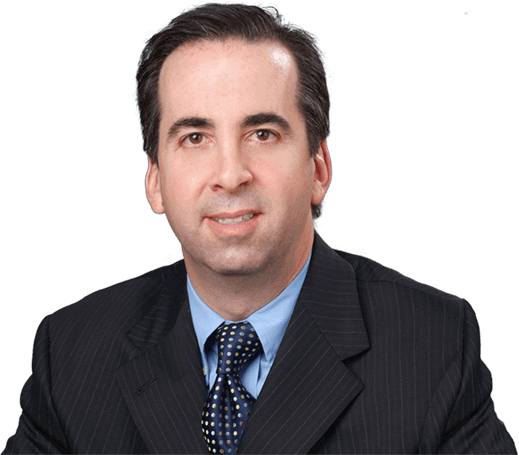8 Tips For Taking Pictures After a Car Accident

Photos of your crash can serve as important evidence in your legal case.
If you were involved in a car accident caused by negligence, you have the right to seek financial compensation. But it can be an uphill battle, as some drivers will lie about what happened, and even if they do not, you can be assured that their insurance companies will try to pay as little as possible to maximize their profits. However, a strong case built on evidence can help move your claim forward.
Consequently, if you have a cellphone, you have a powerful investigative aide. Taking photos of the accident scene and property damage to the vehicles can not only help to show the severity of the impact but, in some cases, help your lawyer and experts reconstruct what happened in order to prove who was at fault. Here are some tips.
1. Start taking photos as soon as possible.
When is the right time to take photos of the accident? As soon as you are able to do so. You have a limited amount of time, as things can be chaotic after a crash, and police will work to clear up the scene as soon as possible. Don’t hesitate to start taking photos as soon as it is safe to do so.
2. Get shots from different angles.
Position yourself at different distances and angles as you are taking photos. Walk around the crash site and cars for different perspectives. Shots from further away can help you document the position of each vehicle, while photos taken close-up can help you document vehicle damage.
3. Nothing is unimportant.
Try not to second-guess yourself and wonder if it’s worth taking a photo of something. Instead, take photos of anything and everything that catches your eye at the accident scene. If there are decals on the other vehicle, such as in a work truck, make sure to get these as well. Some of these photos could be useful later when you are seeking compensation in identifying the proper parties.
4. Flash on or flash off? Try both.
Lighting conditions can have a significant effect on the quality of photos. But you won’t have a lot of time to review pictures as you take them. That’s why it’s a good idea to take photos with the flash on and off and check your cellphone image.
5. Don’t forget the surrounding area.
You should definitely get as many photos of the collision and scene as you can. But also get shots of the wider area of the crash. Are there traffic signs or signals nearby? Is there debris from the crash on the road or skidmarks? What was the condition of the road? Again, photos can help you document the scene, and potentially assist in determining who was at fault, particularly if the other driver or their insurance is contesting responsibility or the severity of the impact.
6. Get photos of your injuries.
If you have visible injuries, take photos of them, or ask someone else to take the pictures, if you are unable. Insurance companies typically try to downplay the seriousness of injuries suffered in a crash. You should continue to document your injuries throughout the healing process, pictures of the cuts, bruising, or if surgery is involved. Photos can help support your injury claim, along with medical records, when you seek treatment.
7. Get photos of documents.
Exchange information with the other driver after the crash. This information includes name, contact information, license number, license plate number, and insurance information. You can and should write down this information too. But it’s easy to make mistakes while you are still shaken up from what happened. So along with writing everything down, take some photos to make sure the information you have is accurate, including the driver's license if you can.
8. There is no such thing as too many photos.
How many photos of the accident scene should you take? As many as you can get. This is your one and only chance to get pictures of the accident. Don’t stop and think if you are taking more photos than you need. You can review the photos later and talk to your lawyer about which images are most helpful.
Injured in a crash in Maryland, or in the D.C. or VA area? Get legal advice from an experienced car accident attorney.
If you were injured in a crash in Maryland or the Washington, D.C. area, it’s important to get legal advice as soon as possible. Car accident attorney Stuart L. Plotnick has been fighting for the injured for decades and knows how to find the facts that matter to get the results you deserve. Learn your legal options and get answers to your questions. Contact us to schedule a free consultation.

